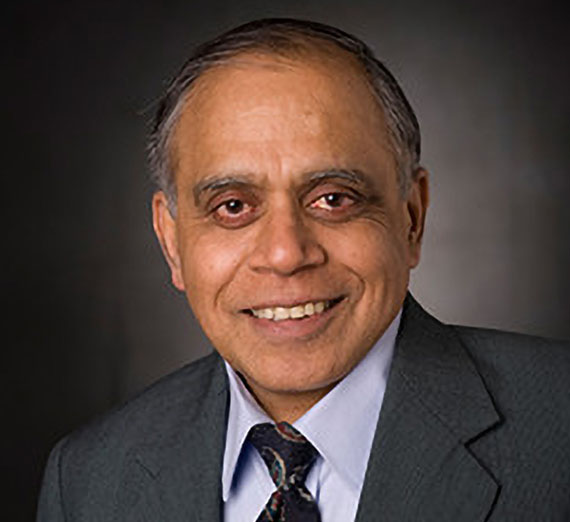Event Details
Date & Time
Friday, Feb 19, 2021 12:00 PM - 1:00 PM
Department
School of Engineering & Applied Science
Department of Electrical and Computer Engineering
The Renouard Distinguished Lecturer Series
Cost
Free
Location
Zoom via my.gonzaga.edu/seas. Those without Gonzaga login can request registration from seas@gonzaga.edu.
Contact/Registration
Event Type & Tags
About This Event
Zoom link at my.gonzaga.edu/seas (requires Gonzaga email/password - others may request access at seas@gonzaga.edu)
The concept of noise radar was pioneered ~60 years ago by Billy Horton of the former Diamond Ordnance Fuze Laboratory (renamed Harry Diamond Laboratories and then combined with other entities to form what is now the Army Research Laboratory) in Washington, DC, USA. Horton recognized that one way to eliminate range and Doppler ambiguities was to use random noise as the modulating function and perform range determination by cross-correlating the return signal with a time-delayed replica of the transmit waveform. In his seminal paper in the May 1959 issue of the Proceedings of the IRE entitled “Noise-modulated distance measuring systems,” he derived the fundamental concepts and proposed several implementations. Since then, several research groups around the world have developed new applications for noise radar and made significant contributions towards detection, surveillance, tracking, and imaging of targets. Noise radars have the unique property that allows them to achieve high resolution in both range and Doppler which can be independently controlled by varying the bandwidth and integration time respectively. Noise radars satisfy important requirements for military systems, such as low probability of intercept (LPI) and low probability of detection (LPD), owing to the featureless characteristics of its waveform. They also have excellent resistance to jamming and interference. Another advantage of noise radars is their ability to efficiently share the frequency spectrum, thereby allowing a number of noise radars to operate over the same frequency band with minimal cross-interference. This spectrally parsimonious feature can be used to integrate several noise radars to a network centric platform. Much of the early development was hampered by the lack of suitable critical components for fully operational use. However, in recent years, noise radar systems are finding increasing applications in several conventional as well as new areas (e.g., through-wall imaging, multi-static sensing, radar networking) owing to significant advances in RF, digital, and signal processing technologies. Intensive research in noise radar is ongoing in the U.S., Ukraine, U.K., France, Canada, Germany, Italy, Russia, Poland, Sweden, Norway, China, South Korea, and India. The talk will provide a historical account of noise radar from 1959 onwards, describe notable results from world-wide R&D activities in noise radar, and suggest ideas for future developments in this exciting area.
About Dr. Narayanan
Ram Narayanan received the B.Tech. degree in electrical engineering from the Indian Institute of Technology, Madras, Chennai, India, in 1976, and the Ph.D. degree in electrical engineering from the University of Massachusetts, Amherst, MA, USA, in 1988. From 1976 to 1983, he was a Research and Development Engineer with Bharat Electronics, Ltd., Ghaziabad, India, where he developed microwave communications equipment. In 1988, he joined the Electrical Engineering Department, University of Nebraska-Lincoln, where he last served as the Blackman and Lederer Professor. Since 2003, he is serving as a Professor of electrical engineering with The Pennsylvania State University. His current research interests include noise radar, passive radar, radar detection through barriers, harmonic and nonlinear radar, noise radar, cognitive radar, medical radar, quantum radar, radar networks, radar reliability, information extraction in radar, and compressive sensing. He has successfully graduated 32 PhD and 54 M.S. students, and currently supervises 21 graduate students, one from Gonzaga (hope to have more!). He is the recipient of the 2017 IEEE Warren White Award for Excellence in Radar Engineering. He is a Fellow of the IEEE, the SPIE, the IETE, and IEMA.

